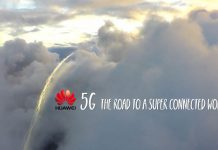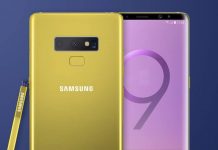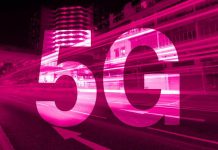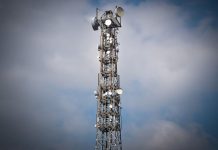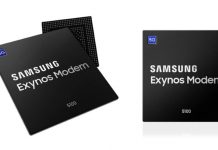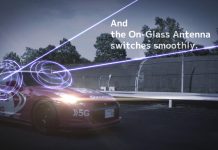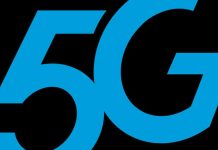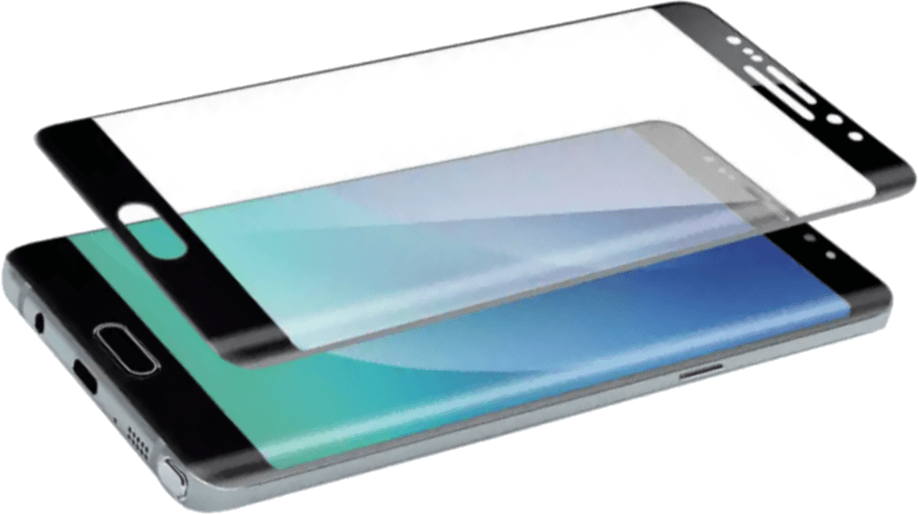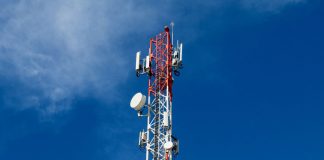I counted on the fact that the operators will not succumb to the temptation of marketing departments and will not start advertising the LTE Advanced Pro networks as 5G Ready, 5G Evolution or Pre 5G. Unfortunately, one of the American operators even went a step further. AT&T is going to modify the software of Android smartphones, which will display the ‘5G E’ stamp within the reach of the… LTE network.
The first LTE networks appeared in 2010. This means that the 4G symbol has been with us for almost 9 years. However, after starting the first LTE base stations it was said that this is not “the real 4G”. It was about the definition adopted by the International Telecommunications Union, which referred to 4G as networks capable of transmitting data with 1 Gbps speed. That’s why some people think that LTE Advanced (i.e. LTE with carrier aggregation) is the real 4G. However, in the telecommunication industry it is assumed that the new generation is defined as solutions that introduce changes in the network architecture and radio interface. And that was the case with LTE. In turn, marketing departments tend to push the border in the other direction. After all, we perfectly remember marketing campaigns in which HSPA+ networks were called “4G ready”. Unfortunately, it turned out that the same is waiting for the 5G network.
What does 5G E mean?
In fact, “5G E” is a marketing operation of the AT&T. It means “5G Evolution” network, which is “almost 5G”. In practice, it is the LTE Advanced Pro network with 4×4 MIMO transmission mode and 256 QAM modulation. In addition, the operator states that the maximum download speed in the 5G E network is 400 Mbps, and the average is 40 Mbps. Is there anything to brag about? Below you can see an overview map of the 5G network availability.

In part, I understand why the American operator decided to do this. The problem is that smartphones do not distinguish LTE Advanced from LTE Advanced Pro. In both cases, the ‘4G +’ tag is displayed, where an additional plus means a smartphone uses carrier aggregation feature for data transmission. However, modern 4G networks (or to be more precisely 4.9G) are much more advanced. Therefore, customers should be informed in some way that they are within the reach of a really advanced base station. However, is the use of ‘5G E’ in this case not an abuse?
Source: FierceWireless, AT&T





